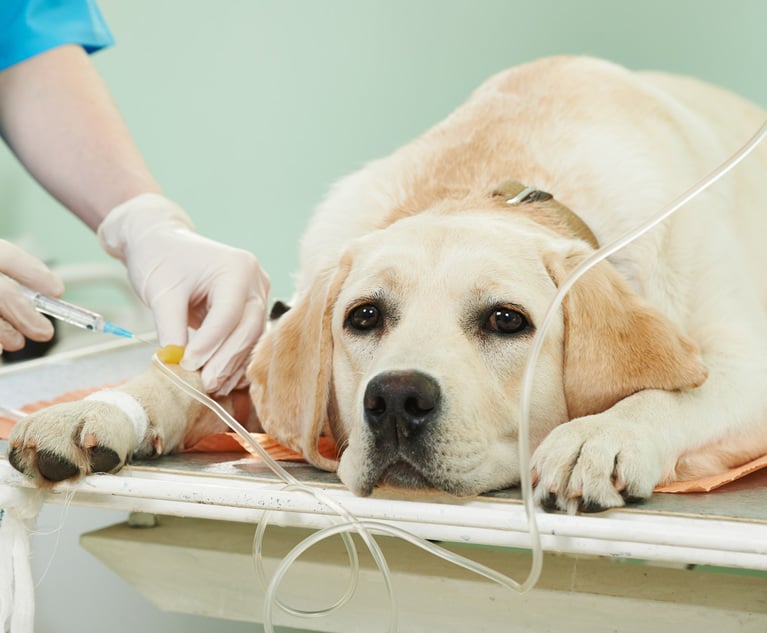Too many companies try to operate their claims programs onautopilot. This has never been more prevalent than today, when manycompanies and public entities have reduced the size of their riskmanagement or claims departments.
|The companies outsource more of these functions to “partner”organizations, believing they are looking out for the company'swell-being. While outsourcing might be the best ultimate solutionfor these companies, autopilot should not be the word thatdescribes a firm's program.
|The full definition of autopilot according to theMerriam-Webster dictionary is, “a device for automatically steeringships, aircraft, and spacecraft.” It goes on to say, “The phraseon autopilot is often used to describe a person who isdoing something in a mechanical way without really thinking aboutit.” Is this how you want your claims program to run?
|This model has been in place in the claims world for a longtime, and more and more companies think it applies to the completerisk management program, erroneously believing that theseresponsibilities can be performed by others outside of the companywith specific expertise. While these experts, such as brokers,third-party administrators (TPAs), medical management companies,and the like offer valuable service, they should not be relied uponto run the program because they are not affected by the financialoutcome of the services like an insurance company is.
|TPAs and other service vendors have done an excellent job ofserving their clients' claims management responsibilities. However,one should never expect a TPA to assign the same importance toreducing claims costs as a client's company, and it is always agood idea to monitor TPA and other service vendors to make surethey are keeping the insurance company high on their list ofimportant clients.
|The symptoms of a program on autopilot
|Symptoms of a program on autopilot can be identified by certainresponses to specific questions. Some of the questions are shown inFigure 1.
|
Some of these same questions may also apply to other vendorssuch as:
Medical management companies and medical bill
review companies for Workers' Compensation claimsAppraisers for automobile physical damage and
property damage claims, or for property claimsDefense attorneys for any type of claim.
Continue reading …
|||
Moving from autopilot to becoming the pilot
|The pilot is very important, but the pilot does not doeverything to fly a plane. He or she relies on airplanemanufacturers, pilot training schools and courses, mechanics,baggage handlers, flight attendants, fuel specialists, and a widevariety of others to provide successful flights for customers. Thepilot is responsible for gathering these skill sets for asuccessful claims program.
|Using the previous questions, the third columnin Figure 2 now providesexamples of a program where the company is actively involved andacting like the pilot.
|These pilot responses illustrate the hands-on involvement of thecompany. They clearly show that the company uses its vendorsthroughout the claims process, but does not rely upon them withoutoverall supervision and direction. Everyone needs help inperforming their responsibilities, but the process works best whenall parties are given clear expectations, understand them and howthe expectations are measured, and know that their performance isbeing monitored. Make sure to be the pilot, and don't rely onautopilot to do your job.
|Related: Are you prepared for these claims, tech and riskmanagement trends?
|Have you Liked us onFacebook?
Want to continue reading?
Become a Free PropertyCasualty360 Digital Reader
Your access to unlimited PropertyCasualty360 content isn’t changing.
Once you are an ALM digital member, you’ll receive:
- All PropertyCasualty360.com news coverage, best practices, and in-depth analysis.
- Educational webcasts, resources from industry leaders, and informative newsletters.
- Other award-winning websites including BenefitsPRO.com and ThinkAdvisor.com.
Already have an account? Sign In
© 2024 ALM Global, LLC, All Rights Reserved. Request academic re-use from www.copyright.com. All other uses, submit a request to [email protected]. For more information visit Asset & Logo Licensing.









